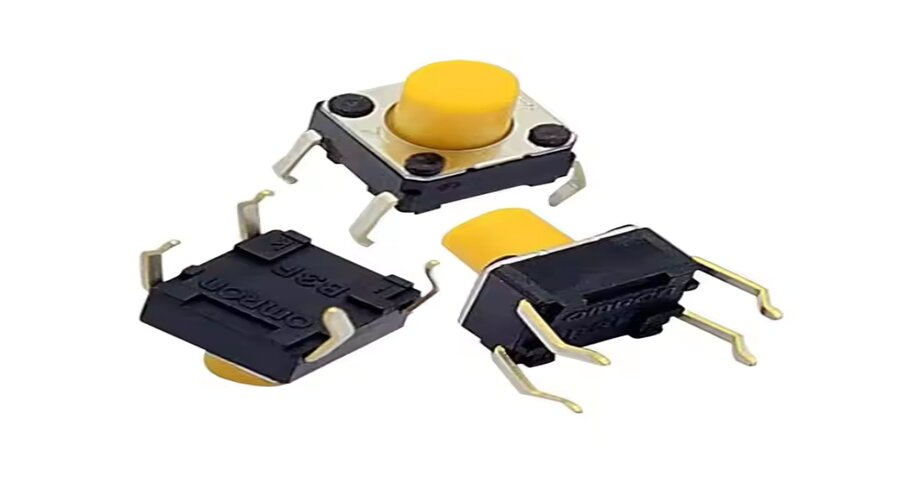
In today’s highly digitized world, our interactions with electronic devices are almost invariably accompanied by the use of tactile switches. From pressing the power button on a smartphone to selecting channels via a remote control, these seemingly minor actions are underpinned by meticulously designed user experiences. This article delves into how tactile switches influence our daily lives and uncovers the secrets behind their design.
What Constitutes Good User Experience?
Clear Feedback
A well-designed tactile switch should offer definitive operational feedback. When you press a button, a subtle "click" or vibration not only confirms that your action has been registered but also brings a sense of satisfaction. Immediate feedback reduces uncertainty about whether an operation was successful, thereby enhancing trust in human-machine interaction.
Comfortable Feel
An ideal tactile switch provides a comfortable pressing feel. It should neither be too stiff, causing strain, nor overly soft, leading to accidental triggers. Appropriate elasticity and resistance ensure each press yields the expected result while preventing fatigue from prolonged use.
Precise Positioning
For devices requiring frequent operations, precise positioning is crucial. For example, on a keyboard, each key for letters and symbols should be easily distinguishable. Through thoughtful layout and clear labeling, users can quickly and accurately find the desired keys even in dim lighting.
Design Considerations for Tactile Switches
1.Material Selection
To achieve excellent user experience, designers must carefully select suitable materials. Metals, plastics, and rubbers each have their pros and cons; for instance, metal typically offers a more robust feel, whereas soft rubber is better suited for applications demanding good tactile response. Surface treatment processes also affect overall texture—such as matte or glossy finishes—that significantly alter the touch experience.
2.Button Shape and Size
The shape of buttons is equally important. Circular, square, or other unique shapes can be chosen based on specific application contexts. Larger buttons are easier to hit, especially beneficial for children's products or those used by the elderly; for precision instruments, compact designs might be preferred.
3.Force and Travel Distance
Force refers to the amount of pressure required to press down, while travel distance is the path from the initial position to full depression. Both need to strike a balance—not too heavy to operate nor too light to cause unintended activation. Proper force combined with optimal travel length ensures a smooth, natural operational flow.
Real-world Applications Highlighting User Experience
1.Home Appliances
In household settings, everyday items like TV remotes often feature multiple tactile switches. They must be both aesthetically pleasing and sufficiently sensitive for easy operation by all age groups. Some premium brands add LED lights around buttons for enhanced usability at night.
2.Mobile Devices
Smartphones and tablets may have limited physical buttons, yet each one represents a thoughtfully designed outcome. Take the iPhone's Home button, which evolved from a physical key to a virtual one and then to Face ID unlocking methods—all improvements aimed at delivering superior user experience.
3.Medical Instruments
In hospitals, doctors and nurses interact with numerous medical devices daily, such as electrocardiogram monitors and infusion pumps. Tactile switches on these devices demand exceptional reliability and accuracy, where even slight design differences can impact diagnostic outcomes or patient safety during treatments.
Tactile switches are far more than simple mechanical components; they serve as vital bridges connecting humans and machines. By paying attention to details and embracing innovative design philosophies, we can transform every press into a delightful encounter. Whether at home or work, high-quality tactile switches enhance product value and add a touch of brilliance to users' lives.
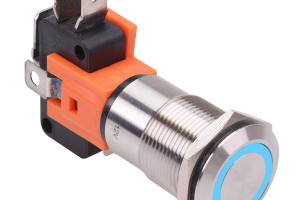
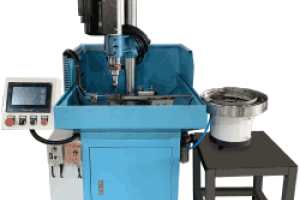
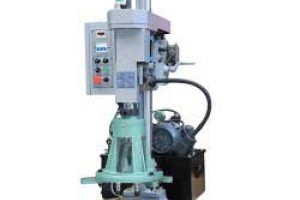
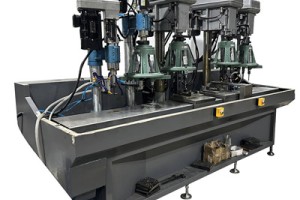
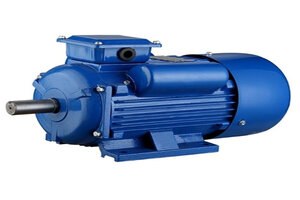
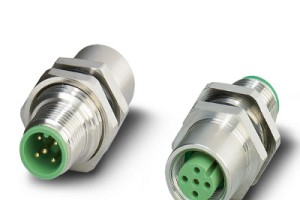




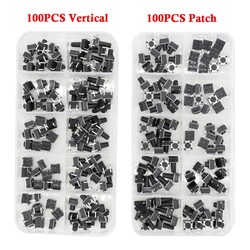
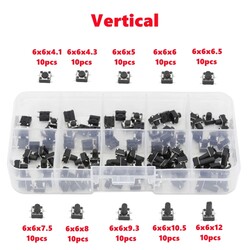
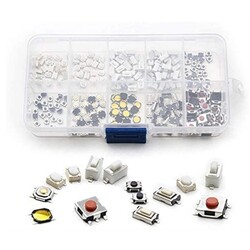
Leave a comment